How AI Video Colorization Helps Museums Save Cultural Heritage
Museums and cultural institutions are at the forefront of preserving our shared human history. While documents and photographs tell part of the story, moving images offer a dynamic and emotional glimpse into the past. However, many of these recordings exist only in black and white, limiting their impact on modern audiences.
Thanks to the rise of AI video colorization, museums can now restore historical footage with realistic colors, enhancing engagement, interpretation, and education. This article explores how AI-driven tools are revolutionizing visual heritage preservation-along with the cost, workflow, and tools museums need to know.

Part 1: Why Colorization Matters for Archival Footage
Color adds emotional depth and relatability to historical footage. When a black-and-white reel from the 1920s is transformed into vibrant, lifelike color, it bridges the gap between past and present.
Key Benefits of Colorizing Museum Footage:
- Educational Value: Helps younger audiences better connect with the material
- Emotional Impact: Viewers respond more strongly to colorized imagery
- Public Engagement: Increases interest in museum exhibits and documentaries
- Preservation Awareness: Attracts attention to conservation efforts
Historical examples such as colorized WWII footage, old cityscapes, and cultural ceremonies have proven how powerful visual enhancement can be in reviving forgotten stories.
AI Video Colorization Workflow in Museums
AI-based video restoration has streamlined what was once a labor-intensive process. Here's how museums typically handle the colorization workflow:
- Digitization: Film reels or tapes are converted into digital formats.
- Pre-processing: Videos are stabilized, denoised, and cleaned up for best results.
- AI Colorization: Specialized models apply color automatically, trained on vast historical data.
- Fine-Tuning: Curators or technicians manually adjust hue, saturation, and shadows.
- Export & Preservation: The final video is rendered in high resolution and archived.
This workflow not only saves time but also makes the process more accessible to smaller institutions with limited budgets.
Part 2: HitPaw VikPea - A Powerful Tool for Museums and Restorers
Among the tools available for AI video enhancement, HitPaw VikPea stands out for its ease of use, speed, and powerful AI-driven models that serve professional-grade restoration needs.
Key Features of HitPaw VikPea:
- Colorize Model: Automatically brings black-and-white footage to life with accurate, natural tones.
- SDR to HDR Model: Enhances standard footage with increased contrast and detail for modern screens.
- Color Enhancement Model: Refines dull or faded videos with vibrant color correction.
- Low-light Enhancement Model: Reveals hidden details in dark or poorly lit videos.
- Supports Up to 4K Export: Perfect for modern museum installations and screenings.
- Real-time Preview: See before/after comparisons instantly before applying the effect.
- Batch Processing: Speeds up restoration of multiple clips at once.
How to Use HitPaw VikPea:
Step 1.Launch the program and choose AI Model feature. Load your digitized video file into the software.

Step 2.There are four models under AI color, you can select the appropriate enhancement model (e.g., "Colorize").

Step 3.You can choose the resolution, bit rate, crop ratio and output format for the colorized video in the Export Settings.

Step 4.Click Preview button to use the side-by-side window to compare original and colorized versions.

Step 5.Click Export button to save the restored video in HD, 2K, or 4K depending on your needs.

Whether you're restoring WWI battle footage, historic parades, or old interviews, HitPaw VikPea provides reliable, fast, and museum-grade results-without requiring technical expertise.
Part 3: AI Video Colorization Costs - Budgeting for Preservation
When considering the financial impact of colorizing historical footage, institutions should weigh their restoration goals, team capacity, and output quality. Below is a comparison of typical methods and associated costs:
Method
Estimated Cost
Pros
Cons
Outsourcing to Studios
$500-$5,000 per minute
Human touch, cinematic results
High cost, long lead times
Open Source Tools (e.g., DeOldify)
Free-Low
Community-driven, customizable
Requires coding and manual setup
HitPaw VikPea
Starts from $43.19
Fast, accessible, professional quality
Requires a PC with GPU acceleration
For institutions working with limited grants or funding, tools like VikPea offer a practical and high-quality alternative to outsourcing.
Part 4: Final Thoughts - Technology Serving Memory
AI video colorization is not just about visuals-it's about preserving collective memory. With affordable and accessible tools such as HitPaw VikPea, museums no longer need million-dollar budgets to participate in the digital preservation of history.
As technology advances, expect even more breakthroughs in audio restoration, 3D recreation, and interactive exhibits powered by AI. For now, colorizing the past is already making history come alive in powerful new ways.









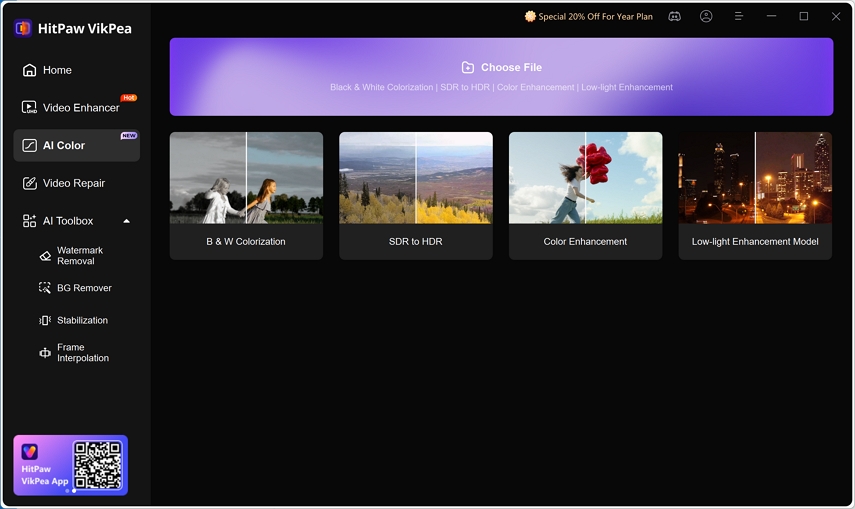
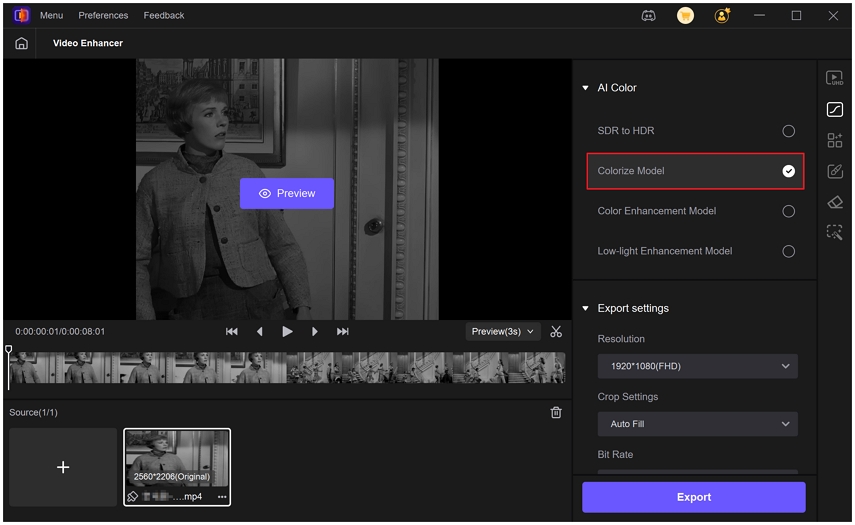
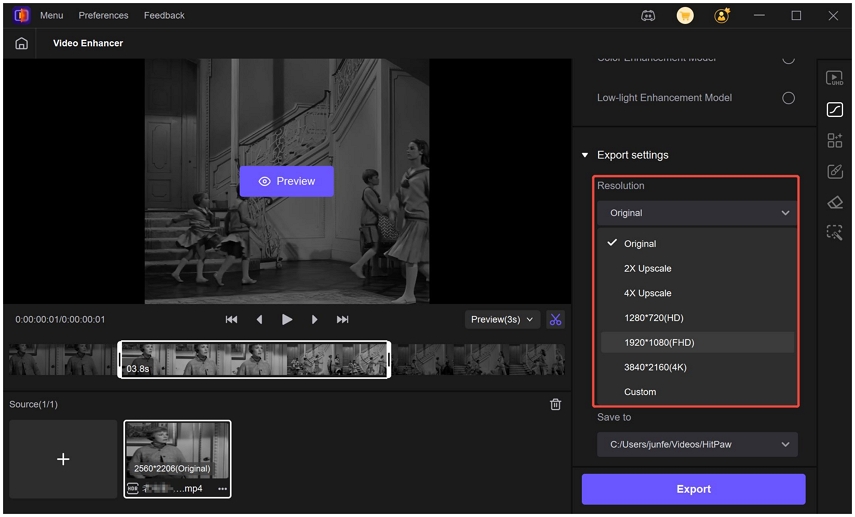
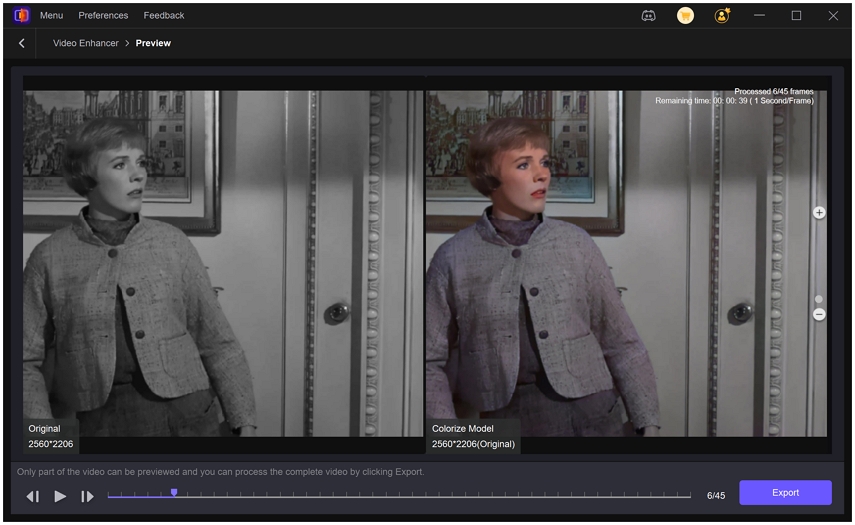
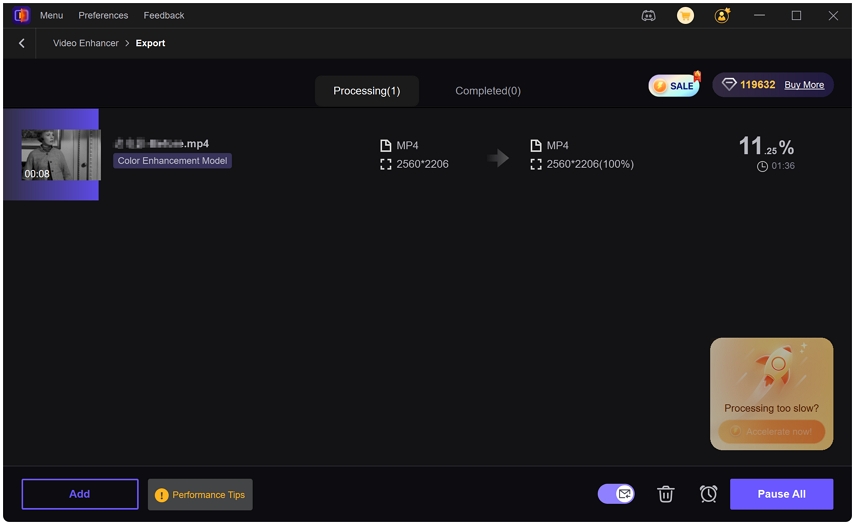

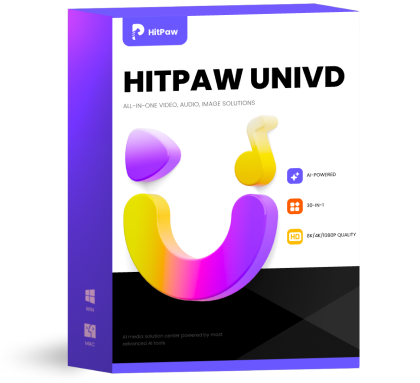 HitPaw Univd (Video Converter)
HitPaw Univd (Video Converter)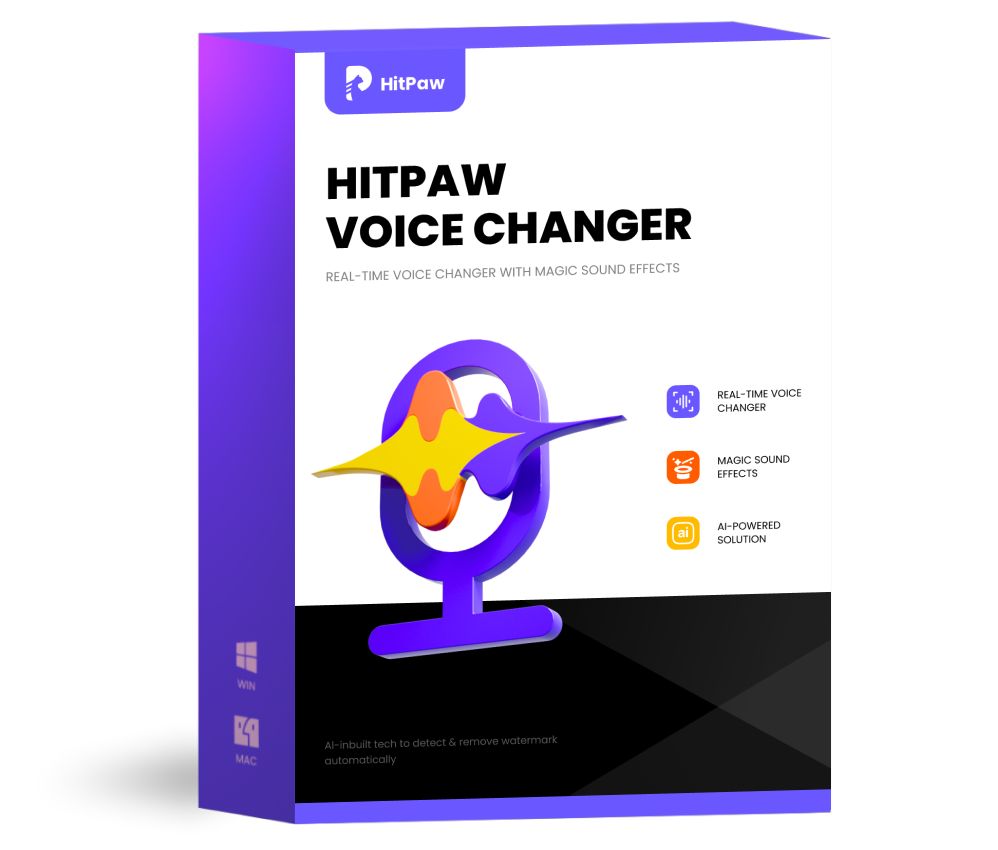 HitPaw VoicePea
HitPaw VoicePea 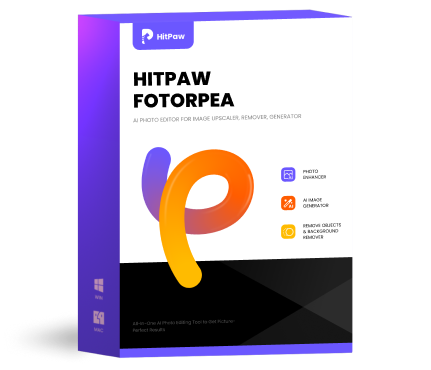 HitPaw FotorPea
HitPaw FotorPea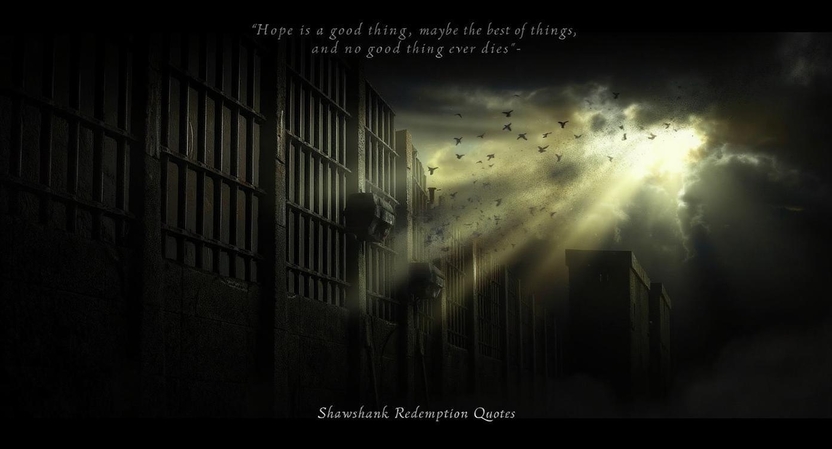
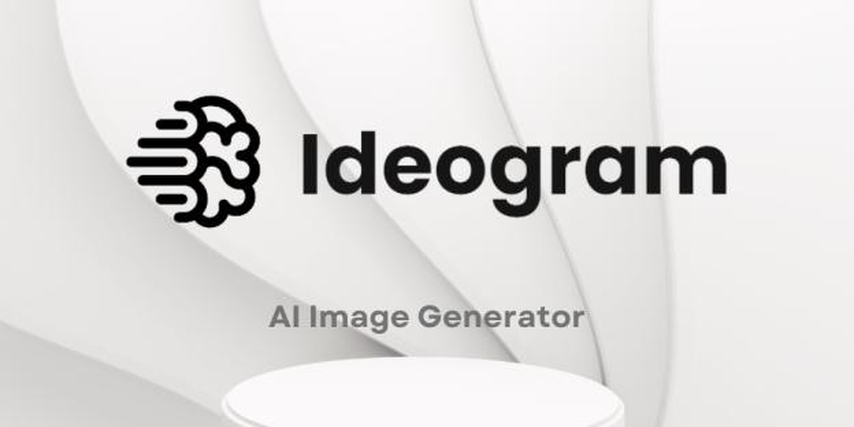


Share this article:
Select the product rating:
Daniel Walker
Editor-in-Chief
This post was written by Editor Daniel Walker whose passion lies in bridging the gap between cutting-edge technology and everyday creativity. The content he created inspires the audience to embrace digital tools confidently.
View all ArticlesLeave a Comment
Create your review for HitPaw articles